Shoulder fractures are not all the same. There are 3 different bones you can break and each requires a different treatment. We’ll explain humeral head fractures, clavicle fractures and scapular fractures.
[box]
Table Of Contents
[/box]
What is a shoulder fracture?
When you break your shoulder there are 3 different bones you can break: your humerus, your collarbone or the scapula.
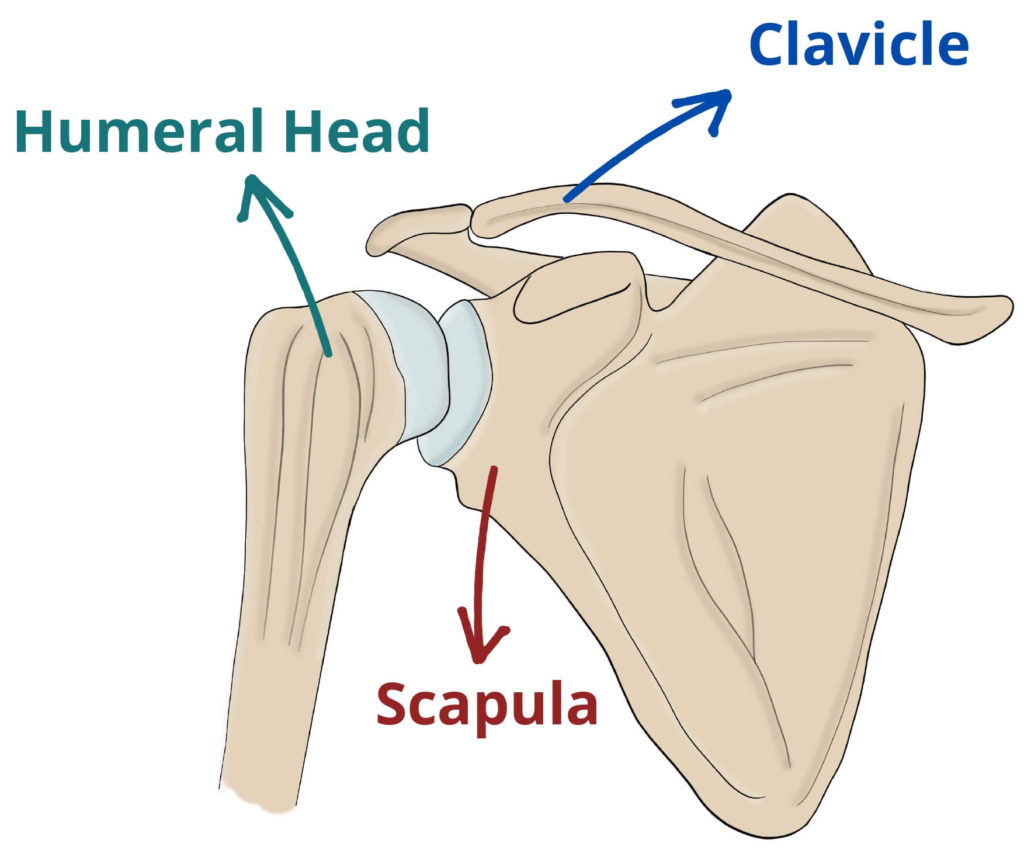
Each of these fractures is different from each other, they happen to different groups of people and they are treated in different ways.
How does one break his shoulder?
It depends on which bone you break. Elder people usually slip and fall, and they break their humeral head (the ball of the shoulder). Young people who suffer a sports accident (biking, skating…) tend to break their clavicle. Finally, if the accident is a high-energy one (like a car crash) then you may break your scapula. It takes a powerful trauma to break it, so at that point, patients usually have some other fractured bones, too.
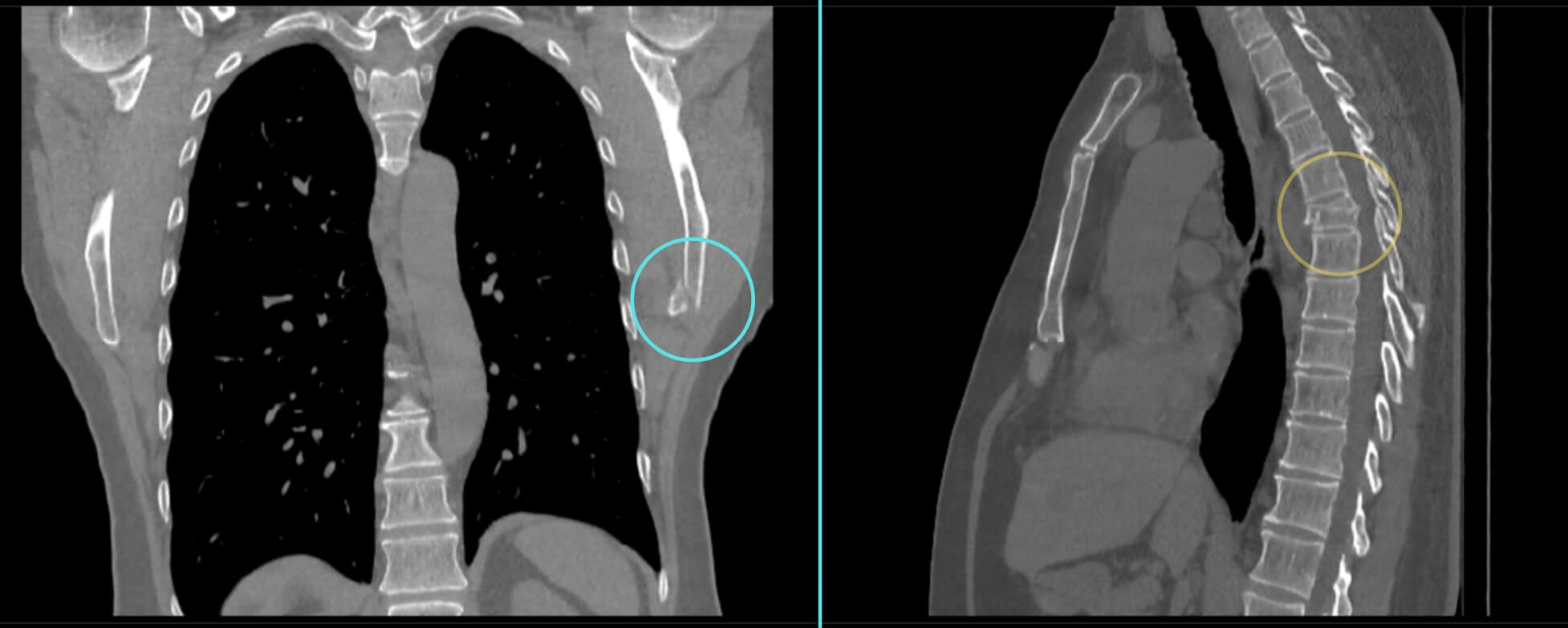
How do you know if it’s broken?
When you have a shoulder fracture, you will have a lot of pain. Not all pain means fracture, but if it doesn’t improve with time, you may have a fracture. When you break your shoulder you get bruising and swelling in the area, too. Also, if you have a limited range of motion (you can’t move your arm fully) there are chances of a fracture. However, it is different for each bone:
- If you break your humeral head, you won’t be able to lift your arm above your eye level.
- Instead, if you break your clavicle, you may still move your arm pretty well, even though it’ll hurt.
- If you break your scapula, it depends which part is affected.
You can get a deformity, especially if you have a clavicle (collarbone) fracture. The clavicle doesn’t have much fat around it, it’s pretty shallow, so you can feel it easily under your skin. When your clavicle breaks, you can feel a bump on it if the fragments are displaced.
If you have these symptoms, go to the doctor. They’ll take an x-ray that will show whether there is a fracture. If the x-ray is not clear, you may get a CT: it shows better detail of your bones and can help planning surgery.
How to treat shoulder fractures
It’s different for each type:
Clavicle fractures
We need to look at:
- What part of the clavicle did you break? Fractures that happen in the middle of the clavicle usually heal without treatment. Those on the distal end (towards the ball) don’t, so they can require surgery.
- Displacement: if the fragments are displaced >2 cm you’ll benefit from surgery. Also if there are fragments piercing through the skin.
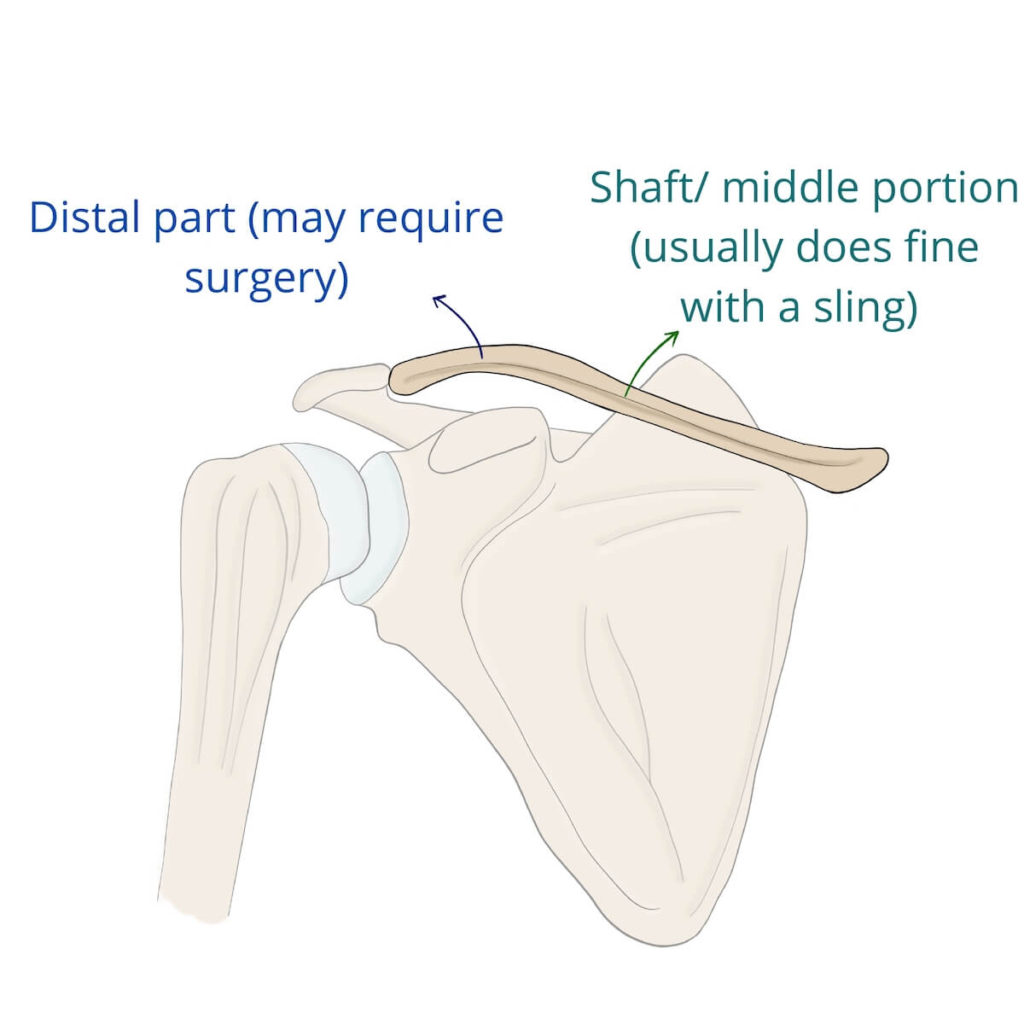
· Conservative treatment for clavicle fractures
If you have a non-displaced clavicle fracture, you can treat it with an arm-sling. You’ll have to wear it for some weeks, and not move your shoulder. After a few weeks, the bone starts to heal.
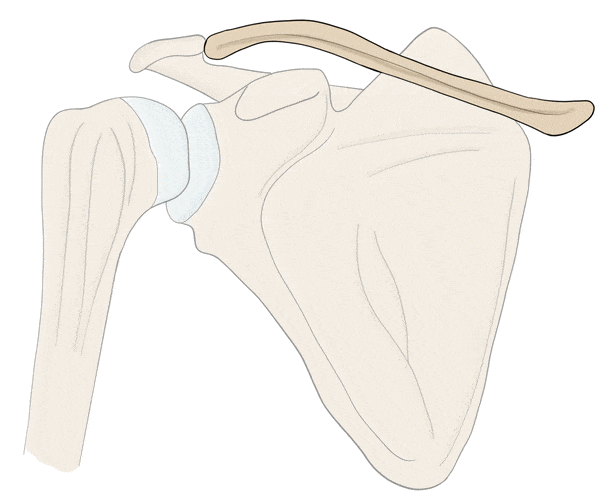
While the clavicle heals, you can (and should) move your elbow and wrist several times every day, to avoid stiffness in those joints. Just be careful not to move your elbow.
· Surgery for clavicle fractures
Displaced fractures may need surgery, specially if they happen on the distal end. They can be fixed with a plate and screws or with intramedullary nailing. Plate and screws are the most common, like you can see in this GIF:
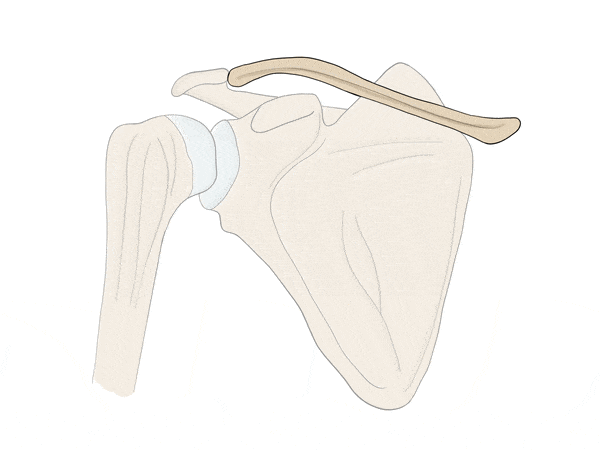
After surgery, you’ll have to avoid heavy objects for some weeks. Once the fracture has healed, the plate and screws can stay, there’s no need to remove it. However, some people may notice the plate under the skin, specially if they are very skinny. In these cases, doctors can choose to remove it.
Humeral head fractures
The way we treat humeral head fractures depends on several factors.
If the fragments are really displaced, they can limit the range of motion. So we can’t let them heal in that position. Still, these fractures tolerate displacement pretty well compared to other types. Some displaced fractures are fine with just a sling, especially if the patient is old. Conservative treatment is a really good option for old people, better than surgery, because they don’t need a full range of motion and surgery is too risky for them. Also, their bone quality is low due to osteoporosis.
If the bone has shattered then it’s difficult for it to heal. If there are too many tiny fragments, sometimes it can be treated with a shoulder replacement.
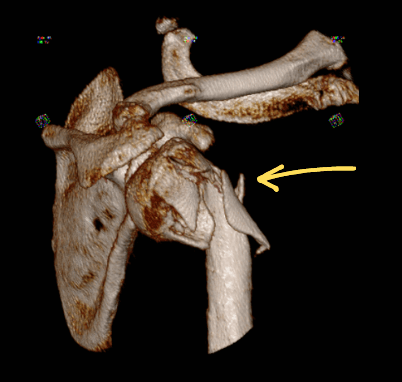
· Conservative treatment for humeral head fractures
It’s the best option for elder people with non-displaced fractures. It consists of a sling and physical therapy to avoid stiffness and regain mobility. Most humeral head fractures in elder people heal with conservative treatment.
· Surgery for humeral head fractures
It’s a good option for younger patients.
1) Osteosynthesis (repairing the bone)
It means realigning the fragments and fixing them together. There are several devices, like plate and screws and short intramedullary nailing.
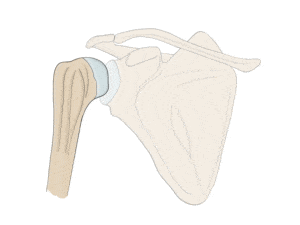
Osteosyntesis requires some good bone quality so that fragments can heal and form a callus.
2) Shoulder replacement (prosthesis)
It consists of removing the fragments and placing a prosthesis. There are several types, and the most common is reverse total arthroplasty. It’s called “reverse” because the new ball is attached to the scapula instead of the humerus. We use it for comminuted fractures that can’t be reconstructed.
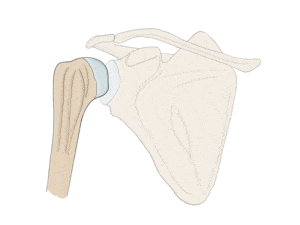
Scapular shoulder fractures
Scapular fractures happen after serious trauma, like a car accident. It’s common, then, that patients have other fractures at the same time (like fractured ribs). As a result, scapular fractures can be missed at the beginning. The most important part of the scapula is the glenoid, which is the shoulder socket. Fractures that affect the glenoid may require surgery. The rest can be treated with a sling.
When they do require surgery, we usually fix the fragment with a plate and screws.
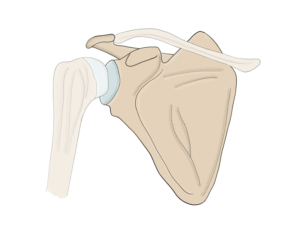
How to recover after shoulder fractures
It’s important to follow a good rehab program for recovery. No matter if you had surgery or a cast, you’ll need to do some rehab. This is important to get your strength and mobility back.
First, you’ll need immobilization for 2-3 weeks. Don’t move your shoulder in that time, so that your fracture starts healing. You should move, however, your elbow, wrist and hand, to avoid stiffness. After that phase, you’ll need to start working on some gentle motion.
From week 3 to 6 try the pendulum exercise: just swing your arm on your side, even if it only moves a few inches backwards and forward. Also, it’s important to work your passive range of motion. “Passive” means you don’t actively move your arm. Your physical therapist will gently move it for you. Afterwards, grab your hands together and lift both arms in front of you, this is called self assisted range of motion. The healthy hand will be doing most of the job, of course.
For the next self assisted exercise, hold a broomstick in front of you, one hand on each side. Then raise it. It must be a controlled movement, and the healthy hand helps a little, but now the “bad arm” has to do almost half the job.
Wish you a fast recovery 😉
Leave a Reply